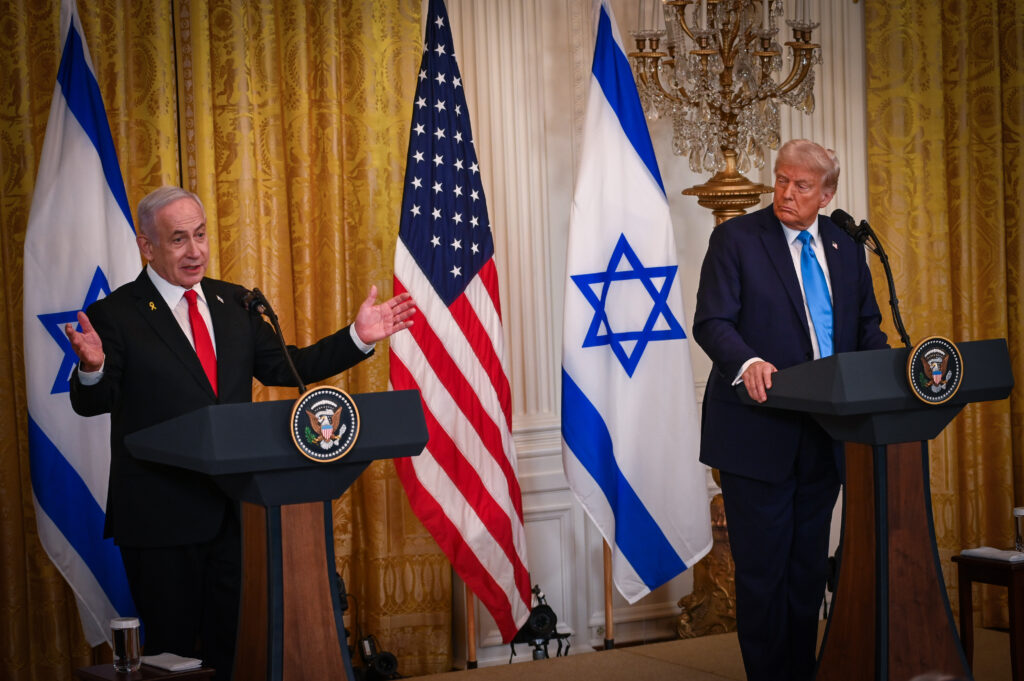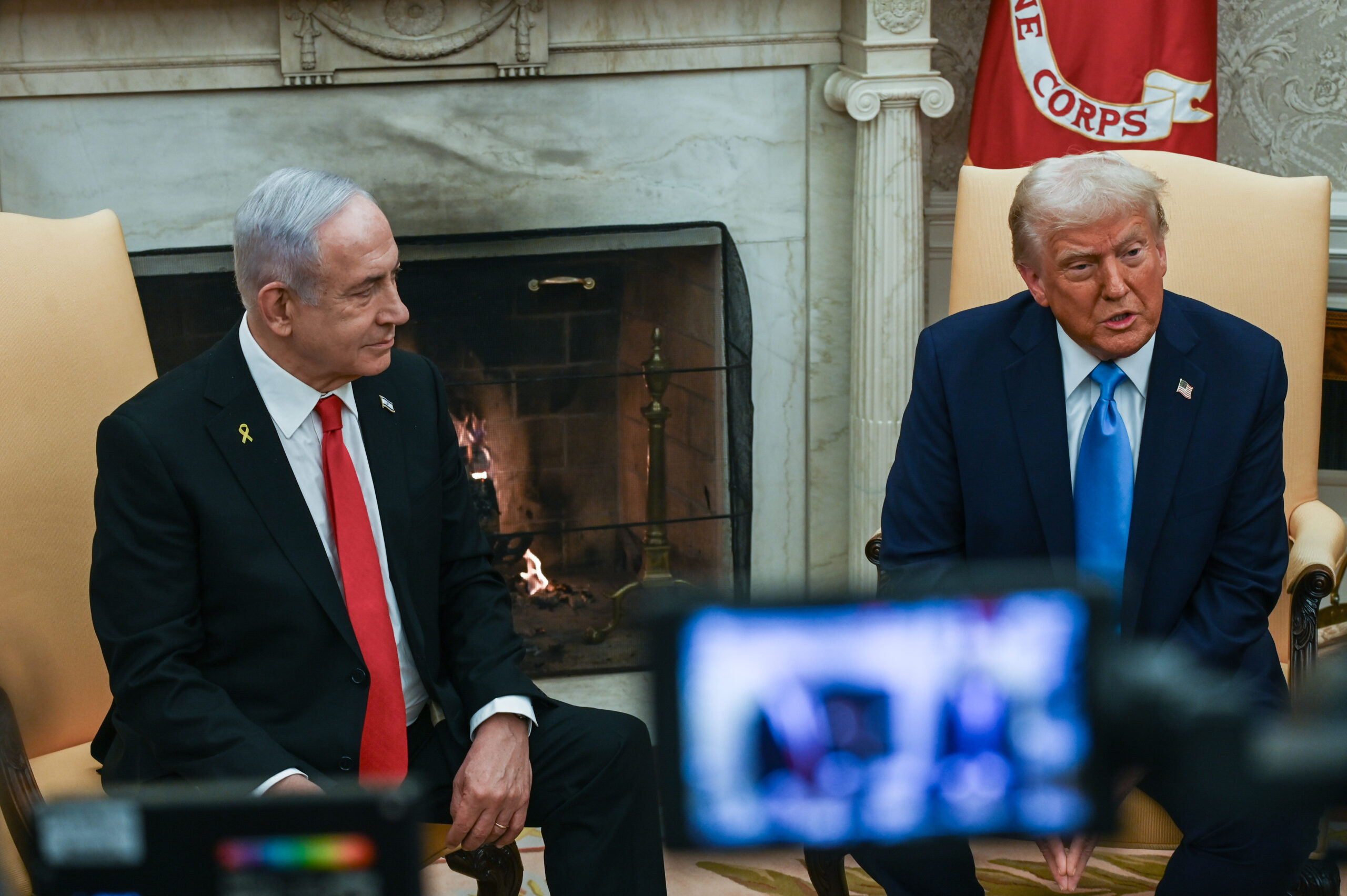Donald Trump’s recent meeting with Benjamin Netanyahu in Washington wasn’t just another diplomatic photo op – it was a political game-changer for Israel’s domestic landscape. While international headlines focused on Trump’s provocative statements about Gaza’s future, the immediate impact was far more significant: the stabilization of Netanyahu’s increasingly fragile coalition government.
The political arithmetic leading up to this meeting was stark. Netanyahu’s comfortable 68-seat Knesset majority had deteriorated rapidly following the controversial hostage deal. When Itamar Ben-Gvir’s Otzma Yehudit party withdrew their six seats in protest, it left the coalition hanging by a thread with just 62 seats – barely above the minimum required to govern.
The situation was even more precarious than these numbers suggest. Bezalel Smotrich’s Religious Zionist Party, controlling another crucial six seats, had issued an ultimatum: resume the offensive against Hamas after the deal’s first phase, or they walk. Given that even losing two seats would collapse the government, Netanyahu was facing the very real prospect of new elections in the middle of a war.
The results of the Trump meeting have fundamentally altered this equation. Ben-Gvir, who had categorically rejected the hostage deal, is now openly discussing a return to the coalition. Smotrich, previously poised to withdraw, has embraced Trump’s vision as “the real answer to October 7th.” Perhaps most telling, opposition leader Benny Gantz – typically Netanyahu’s fierce critic – felt compelled to praise Trump’s “creative and original thinking.”
But make no mistake: this newfound stability comes with clear conditions. Both Ben-Gvir and Smotrich have drawn a red line at Hamas’s continued existence in Gaza. Their support for the coalition hinges entirely on Israel’s commitment to resume its campaign against Hamas after the ceasefire ends.
Trump’s explicit statement that Hamas cannot maintain power in Gaza aligns perfectly with these demands. However, this creates an unavoidable collision course with phase two of the hostage negotiations. Hamas, predictably, has no intention of negotiating its own demise. The only potential compromise might involve Hamas leadership accepting exile – a scenario that remains highly uncertain.
Netanyahu now finds himself in a stronger but carefully circumscribed position. His coalition, which appeared on the brink of collapse, has been reinvigorated by Trump’s intervention. Yet this political resurrection depends entirely on Netanyahu’s willingness and ability to deliver on his right-wing partners’ core demand: the complete dismantling of Hamas control in Gaza.

The implications are clear. While Trump’s White House meeting has provided Netanyahu crucial political breathing room, it has simultaneously locked him into a specific course of action. The sustainability of this coalition now rests on one fundamental question: Will Netanyahu fulfill his promise to eliminate Hamas’s control over Gaza, or will political expedience once again trump strategic necessity?
In the complex theater of Israeli politics, Trump’s intervention has temporarily steadied Netanyahu’s government. But in doing so, it has also set the stage for an even more critical test of Israeli resolve in the weeks ahead.





